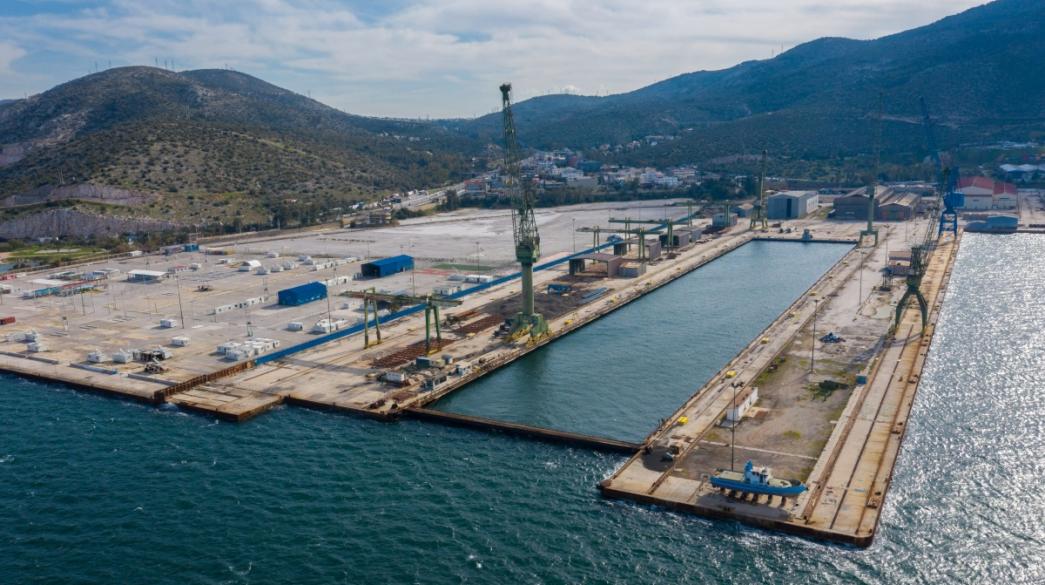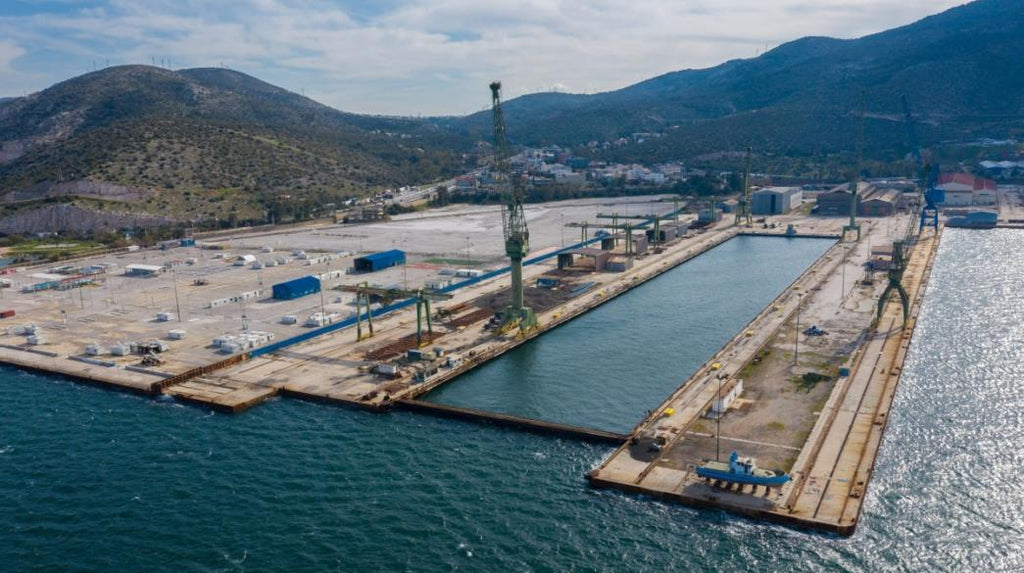Understanding the crucial distinctions between Construction Engineering and Project Engineering
What is Construction Engineering?
Construction engineering encompasses a diverse spectrum of activities, from planning and design to the execution and management of infrastructure projects. Professionals in this field are tasked with overseeing the construction of roads, bridges, airports, tunnels, railroads, and utility systems, among other projects. Construction engineering deals directly with the physical implementation of infrastructure and involves coordinating teams, resources and deadlines to ensure the successful completion of projects.
Project Engineering: Focus and Functions
On the other hand, project engineering focuses specifically on the design, repairs, renovations, or construction of buildings. Professionals in this field are involved from the initial planning and design phase to supervising project execution. They deal with architecture, structures, mechanical and electrical systems, ensuring that structures are safe, functional and aesthetically pleasing.
Required Qualifications and Skills
While both fields require a bachelor's degree in engineering, specializations can vary. A construction engineer typically has a degree in civil engineering, while a design engineer may have a background in multiple engineering disciplines. However, practical experience and skills are equally important. Both professionals must be organized, agile problem solvers, detail-oriented and effective communicators.
Distinct Roles and Responsibilities
Although some roles and responsibilities may overlap, there are marked differences. Construction engineers are often tasked with overseeing construction sites, managing resources, and ensuring compliance with safety regulations. On the other hand, design engineers are more focused on specific aspects of design and may engage in activities such as structural analysis, material selection, and coordination with architects and contractors.
In short, understanding the distinctions between construction engineering and design engineering is essential for those seeking a career in this dynamic and constantly evolving field. While both disciplines share fundamental similarities, their specific nuances shape the responsibilities, opportunities, and career trajectories of the professionals involved.
Roles and Responsibilities of a Construction Engineer
Conduct research
- Conduct detailed research to identify potential future projects, considering factors such as feasibility, environmental impact and local regulations.
- Collect relevant data such as geographic information, soil conditions and legal requirements.
Analysis and Planning
- Carefully analyze research results and develop comprehensive plans for each current project, considering technical, financial and safety aspects.
- Develop detailed schedules, accurate cost estimates, and appropriate selection of materials and construction techniques.
Supervision and Coordination
- Closely supervise all stages of work on construction sites, ensuring quality and safety standards are met.
- Effectively coordinate work teams and subcontractors, maintaining clear and collaborative communication between all parties involved in the project.
Technical Advice and Problem Resolution
- Provide technical guidance and solutions to complex challenges that may arise during project development.
- Make quick and assertive decisions to resolve emerging problems and ensure continuous work progress.
Inspection and Quality Control
- Conduct regular inspections of construction sites to verify compliance with plans and specifications.
- Implement quality control measures to ensure the structural and functional integrity of all works carried out.
Roles and Responsibilities of a Project Engineer
Project Planning and Management
- Plan and develop construction projects, defining objectives, scope and work schedules.
- Efficiently manage available resources, including staff, equipment and materials, to ensure compliance with established deadlines and budgets.
Hiring and Acquisition of Resources
- Hire qualified labor and acquire the necessary equipment and materials to carry out the projects.
- Negotiate with suppliers and subcontractors to obtain the best prices and payment terms.
Communication and Reports
- Maintain clear and transparent communication with all interested parties, including customers, staff and suppliers.
- Prepare periodic reports on the project's progress, highlighting achievements, challenges and next steps.
Compliance and Risk Management
- Ensure compliance with applicable technical standards and regulations, aiming for the safety and quality of works.
- Identify and mitigate potential risks associated with projects, implementing preventive and corrective measures as necessary.
Problem Solving and Decision Making
- Solve unforeseen problems and make strategic decisions to overcome obstacles and maintain project progress.
- Evaluate alternatives and implement innovative solutions to optimize the performance and efficiency of the work performed.
Collaboration on the Construction Site
Both construction engineers and design engineers are not the only professionals who work on construction sites. They often collaborate with local engineers, superintendents, planning engineers, and project managers. Each team member plays a specific role, but it is crucial to work together to ensure the success of the project.
- Multidisciplinary Team: Construction site collaboration involves a variety of professionals, including construction engineers, design engineers, site engineers, superintendents, planning engineers, and project managers.
- Synergy between Specialties: By working together, construction professionals can combine their skills and expertise to solve complex problems, make informed decisions and implement effective solutions.
- Project Success Guarantee: Effective collaboration on the construction site is essential to ensuring the overall success of the project. By working as a team, professionals can optimize construction processes, improve operational efficiency, minimize errors and delays, and ensure the delivery of a high-quality project within the established deadline and budget.
Balance between Office and Construction Site
These professionals spend a large part of their time on the construction site, but they also have administrative tasks to carry out in the office. They start the day early, preparing necessary paperwork and coordinating activities for employees. Some days may end early, while others extend late, depending on progress and unforeseen circumstances.
- Activities at the Construction Site: Construction professionals spend most of their time on the construction site, where they supervise activities, resolve problems, and ensure the project runs smoothly.
- Administrative tasks: In addition to their responsibilities on site, they also perform administrative tasks in the office, such as preparing documentation, coordinating activities and preparing reports.
- Flexibility of Schedules: Days may vary in terms of working hours, some ending early and others lasting until late, depending on the progress of activities and unforeseen events that may arise during the day.
Time and Stress Management
Evenings may require returning to the office for reports and planning for the next day, adding stress to the job. Managing time properly is essential to avoid overload and maintain a balance between responsibilities on the construction site and in the office.
- Working Nights: Evenings often require returning to the office to write reports and plan the next day's activities, which can add additional stress to the job.
- Time Management: Managing time effectively is essential to avoid overload and maintain a balance between responsibilities on the construction site and in the office.
- Balance between Responsibilities: Maintaining a proper balance between workplace activities and administrative tasks is essential to ensuring efficiency and reducing stress.
Exploring Career Options
For those entering the construction industry, it can be difficult to decide between construction engineering and design engineering. It is recommended to explore both areas through courses and practical experiences before making a decision. This will allow professionals to identify which field best aligns with their interests and career aspirations.
- Options Exploration: It is recommended that new professionals in the construction industry explore both construction engineering and design engineering before making a definitive career decision.
- Courses and Practical Experiences: Taking related courses and seeking practical experience in both areas offers a broader understanding of the responsibilities and demands of each field.
- Alignment with Interests and Aspirations: Exploration allows professionals to identify which field best aligns with their interests, skills and career aspirations, helping them make an informed and satisfying decision.
Conclusion
Effective collaboration on the construction site, balancing the demands of the office and the field, and carefully exploring career options are key aspects of success in the construction industry. By working together with a diverse team, managing time efficiently and seeking meaningful experiences, professionals can develop a rewarding career aligned with their interests and aspirations. This deliberate approach allows you to not only improve technical skills, but also promote a healthy and productive work environment, benefiting both individuals and the projects in which they are involved.


